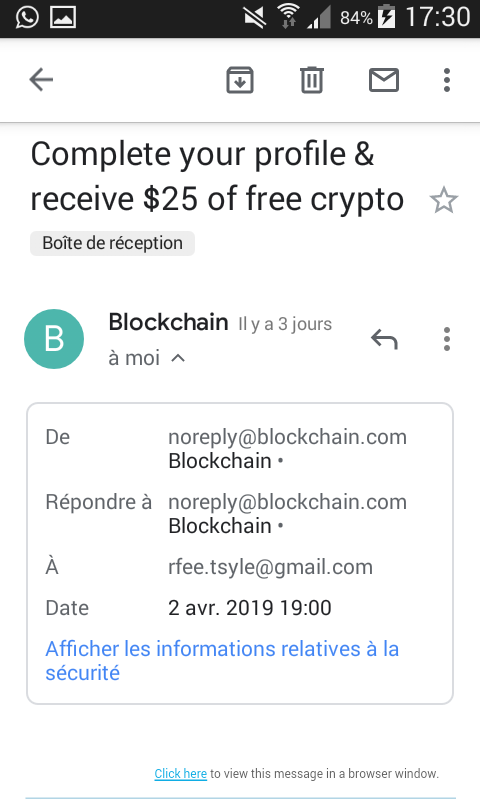
For example one comment says that GTFO of any exchange who claims they will «vault» your assets for you, and move your Bitcoin into a personal wallet. You can find more information on some of the wallets out there, as well as tips on how to use them, here and here. Although a pool has a much larger chance of solving a block and winning the reward, that reward will be split between all the pool members.
In cryptocurrencies, a private key allows a user to gain access to their wallet. The person who holds the private key fully controls the coins in that wallet. For this reason, you should keep it secret. And if you really want to generate the key yourself, it makes sense to generate it in a secure way. Here, I will provide an introduction to private keys and show you how you can generate your own key using various cryptographic functions. I will provide a description of the algorithm and the code in Python.
Managing private keys

A Bitcoin private key is a secret number which every Bitcoin wallet has. This bit number can be represented in several formats: in hexadecimal — bits, in hexadecimal is 32 bytes, or 64 characters in the range or A-F, Base64 string, a WIF key, or a mnemonic phrase. The simplest way of generating a byte integer is to use an RNG library in the language you know. Here are a few examples in Python:. However, normal RNG libraries are not the most secure options of generating a key. As the generated string is based on a seed, the seed represents the current time. And if you know the time, several brute-force attacks can be applied to it.
Get the Latest from CoinDesk
In cryptocurrencies, a private key allows a user to gain access to their wallet. The person who holds the private key fully controls the coins in that wallet. For this reason, you should keep it secret. And if you really want to generate the key yourself, it makes sense to generate it in a secure way.
Here, I will provide an introduction to private keys and show you how you can generate your own key using various cryptographic functions. I will provide a description of the algorithm and the code in Python. For example, if you use a web wallet like Coinbase or Blockchain. Mobile and desktop wallets usually also generate a private key for you, although they might have the option to create a wallet from your own private key. Formally, a private key for Bitcoin and many other cryptocurrencies is a series of 32 bytes.
Now, there are many ways to record these bytes. It can be a binary string, Base64 string, a WIF keymnemonic phraseor finally, a hex string. For our purposes, we will use a 64 character long hex string. Why exactly 32 bytes? Great question! More specifically, it uses one particular curve called secpk1.
Now, this curve has an order of bits, takes bits as input, and outputs bit integers. And bits is exactly 32 bytes. So, to put it another way, we need 32 bytes of data to feed to this curve algorithm.
There is an additional requirement for the private key. So, how do we generate a byte integer? The first thing that comes to mind is to just use an RNG library in your language of choice. Python even provides a cute way of generating just enough bits:.
You see, normal RNG libraries are not intended for cryptography, as they are not very secure. They generate numbers based on a seed, and by default, the seed is the current time. That way, if you know approximately when I generated the bits above, all you need to do is brute-force a few variants. When you generate a private key, you want to be extremely secure. Remember, if anyone learns the private key, they can easily steal all the coins from the corresponding wallet, and you have no chance of ever getting them.
Along with a standard RNG method, programming languages usually provide a RNG specifically designed for cryptographic operations. This method is usually much more secure, because it draws entropy straight from the operating. The result of such RNG is much harder to reproduce. In Python, cryptographically strong RNG is implemented in the secrets module. That is amazing. But can we go deeper? There are sites that generate random numbers for you.
We will consider just two. One is random. Another one is bitaddress. Can random. Definitely, as they have service for generating random bytes. But two problems arise. Can you be sure that it is indeed random?
The answer is up to you. Now, bitaddress. So how does it work? It uses you — yes, you — as a source of entropy. It asks you to move your mouse or press how to buy bitcoin while controlling own private key keys. You do it long enough to make it infeasible to reproduce the results. Are you interested to see how bitaddress. For educational purposes, we will look at its code and try to reproduce it in Python. Bitaddress creates the entropy in two forms: by mouse movement and by key pressure.
Bitaddress does three things. It initializes byte array, trying to get as much entropy as possible from your computer, it fills the array with the user input, and then it generates a private key. Bitaddress uses the byte array to store entropy. This array is rewritten in cycles, so when the array is filled for the first time, the pointer goes to zero, and the process of filling starts. The program initiates an array with bytes from window.
Then, it writes a timestamp to get an additional 4 bytes of entropy. Finally, it gets such data as the size of the screen, your time zone, information about browser plugins, your locale, and. That gives it another 6 bytes. After the initialization, the program continually waits for user input to rewrite initial bytes.
When the user moves the cursor, the program writes the position of the cursor. When the user presses buttons, the program writes the char code of the button pressed. Finally, bitaddress uses accumulated entropy to generate a private key. It needs to generate 32 bytes.
The program initializes ARC4 with the current time and collected entropy, then gets bytes one by one 32 times. This is all an oversimplification of how the program works, but I hope that you get the idea. You can check out the algorithm in full detail on Github. That brings us to the formal specification of our generator library. First, it will initialize a byte array with cryptographic RNG, then it will fill the timestamp, and finally it will fill the user-created string.
After the seed pool is filled, the library will let the developer create a key. Actually, they will be able to create as many private keys as they want, all secured by the collected entropy. Here we put some bytes from cryptographic RNG and a timestamp.
Notice that we use secrets. First, we need to generate byte number using our pool. Instead, there is a shared object that is used by any code that is running in one script. What does that mean for us? It means that at each moment, anywhere in the code, one simple random. Thankfully, Python provides getstate and setstate methods. So, to save our entropy each time we generate a key, we remember the state we stopped at and set it next time we want to make a key.
You can see it. The key is random and totally valid. Moreover, each time you run this code, you get different results. As you can see, there are a lot of ways to generate private keys. They differ in simplicity and security. Generating a private key is only a first step. The next step is extracting a public key and a wallet address that you can use to receive payments.
The process of generating a wallet differs for Bitcoin and Ethereum, and I plan to write two more articles on that topic. If you want to play with the code, I published it to this Github repository.
I am making a course on cryptocurrencies here on freeCodeCamp News. The first part is a detailed description of the blockchain. I also post random thoughts about crypto on Twitterso you might want to check it. If you read this far, tweet to the author to show them you care. Tweet a thanks. Learn to code for free. Get started. Timur Badretdinov Read more posts by this author.
Do I need to generate a private key? So why generate it anyway? Here are the reasons that I have: You want to make sure that no one knows the key You just want to learn more how to buy bitcoin while controlling own private key cryptography and random number generation RNG What exactly is a private key? The same private key, written in different formats.
Hosted cloud-based wallets tend to have a more user-friendly interface, but you will be trusting a third party with your private keys. Yet while significant progress has been made, a sustainable solution is still far from clear. Bitconnect consumers suffered this when their exchange stopped accepting bitcoin and then eventually shut. Mobile wallets using trusted third-party full-node servers include Mycelium and Blockstream Green. To do that, I put both my private key and the transaction details how many bitcoins I want to send, and to whom into the bitcoin software on my computer or smartphone. The first miner to get a resulting hash within the desired range announces its victory to the rest of the network. Featured on Meta. Exodus can track multiple assets with a sophisticated user interface. Sign up using Email and Password. Combined with purpose-limited offline computers, truly random private keys are generated, and stored on offline paper wallets. This can take minutes, or sometimes hours due to network bottlenecks. This wallet holds some amount of bitcoin.

Comments
Post a Comment